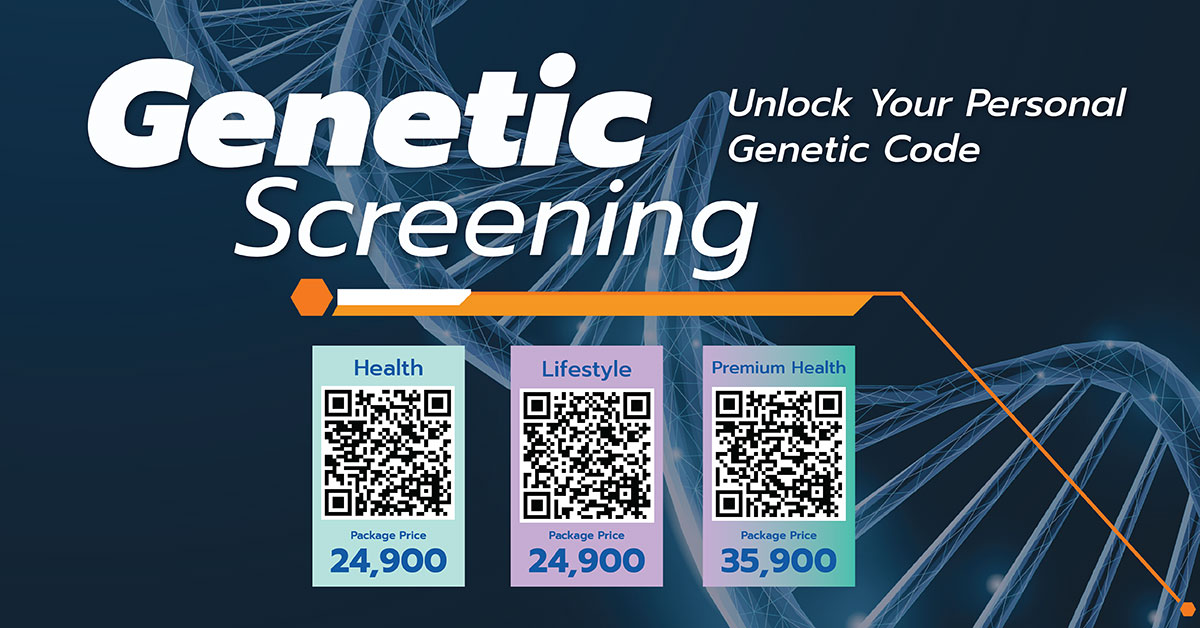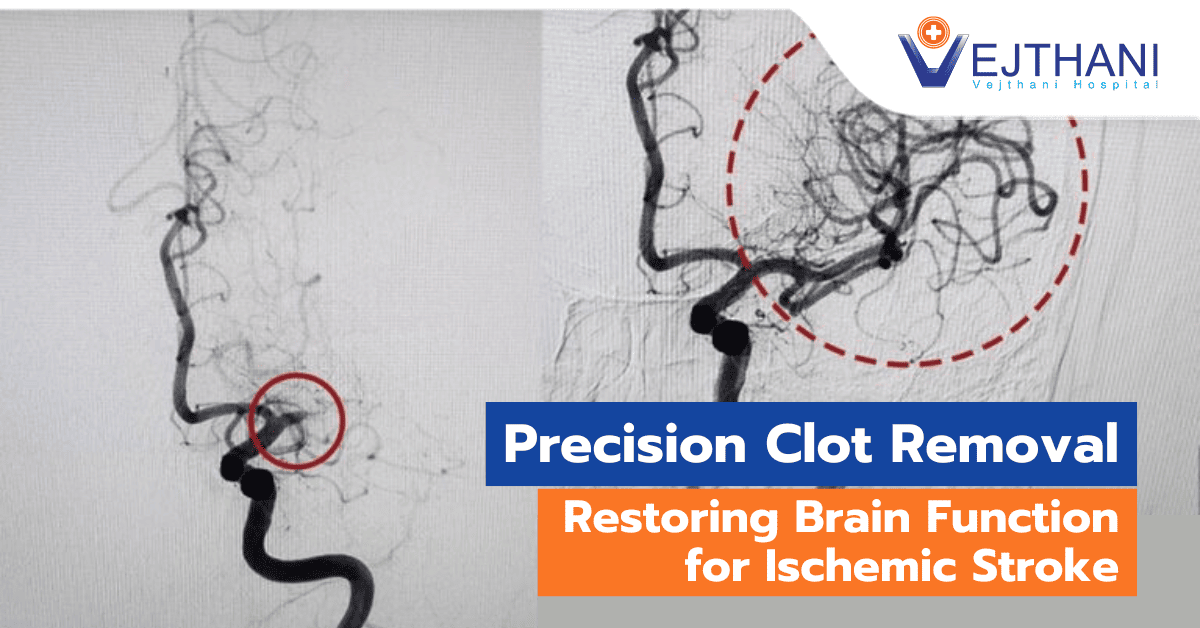
Rickets
Diagnosis
During the examination, the doctor will gently apply pressure to your child’s bones, carefully assessing for any abnormalities. Specific attention will be paid to your child’s:
- Skull. Infants afflicted with rickets frequently exhibit softer skull bones and may experience a delay in the closure of their fontanels, the soft spots on their heads.
- Chest. Certain children experiencing rickets may develop abnormalities in their rib cages, resulting in flattening and protrusion of their breastbones
- Wrists and ankles. Children afflicted with rickets commonly have wrists and ankles that are larger or thicker than usual.
- Legs. Although slight bow legged is typical in healthy toddlers, an excessive bowing of the legs is prevalent in cases of rickets.
X-rays of the impacted bones can unveil bone deformities, while blood and urine tests can affirm a diagnosis of rickets and monitor the treatment’s progress.
Treatment
Most cases of rickets can be effectively managed with vitamin D and calcium supplements. It’s essential to follow the dosage instructions provided by your child’s doctor, as excessive vitamin D intake can be harmful. Your child’s progress will be monitored through X-rays and blood tests under the supervision of their doctor.
In rare instances where an inherited disorder causes low phosphorus levels, supplements and medication may be prescribed.
For specific cases involving bowlegs or spinal deformities, your doctor may suggest special bracing to guide your child’s body positioning during bone growth. In severe skeletal deformities, surgical intervention may be required.























